3. Beyond Real-World Payments: DePIN Consumer App Case Studies
You’ll learn
- How DePIN projects differ from traditional token incentives by rewarding users for real-world actions (like sharing bandwidth) instead of mere speculation.
- Why hardware-free “light nodes” are making DePIN more accessible, lowering entry barriers and expanding global user bases.
- What four DePIN consumer apps reveal about best practices in user onboarding, tokenomics, and bridging Web2/Web3 gaps.
- Practical guidelines for founders and investors to design, monetize, and promote DePIN apps that offer genuine utility, limit friction, and attract long-term user loyalty.
Now you understand how crypto real-world payment solutions reach mainstream users. Offering tangible benefits like low-cost international transfers and non-custodial debit cards seems to work. However, payments are only one part of the Web3 consumer apps landscape.
The consumer side of DePIN
Before we dive into the topic of consumer DePIN apps, let’s unravel this confusing term.
Another fast-emerging area is DePIN. DePIN stands for “Decentralized Physical Infrastructure Network,” and our definition from last year’s research report on this topic is still accurate:
“Blockchain projects that incentivize users to perform a specific action that contributes to a set goal. Users receive tokens to help facilitate the bootstrapping phase of various infrastructure projects – from decentralized storage through wireless networks and shared computing to IoT.”
In other words, DePIN app users earn tokens for performing tasks. These tasks can include providing computing power (e.g., Grass, Akash), setting up a hotspot in a given location (e.g., Helium), sharing specific types of data (e.g., Silencio, Natix Network), or even performing manual activities, such as populating virtual maps (e.g., WiFi Map).
There is, however, another side of the DePIN coin(s). Because many such projects function as applications, their users can actually benefit from their utilities.
In other words, if a group of customers uses their smartphones to provide valuable mapping data to Natix (“a decentralized dynamic map of the world”), another cohort can use it to navigate their driving. The benefit is evident, especially in places where centralized services such as Google Maps offer outdated maps.
3.1 DePIN app evolution
If you associate DePIN with costly hardware, the above paragraph may have come as a surprise. Indeed, until 2023/2024, special equipment was necessary to participate, fulfill the required task, and earn tokens.

It may have been the initial stage of evolution for a gradually maturing concept. Such hardware is usually called ‘heavy nodes’ and is often critical for running DePIN projects. Founders are realizing that this actually limits the innovation’s real potential, particularly due to its size, costs, and the need for individual setup. Implementing it in already existing devices, such as mobile apps and smartphones, can significantly reduce costs and complexity for potential users.
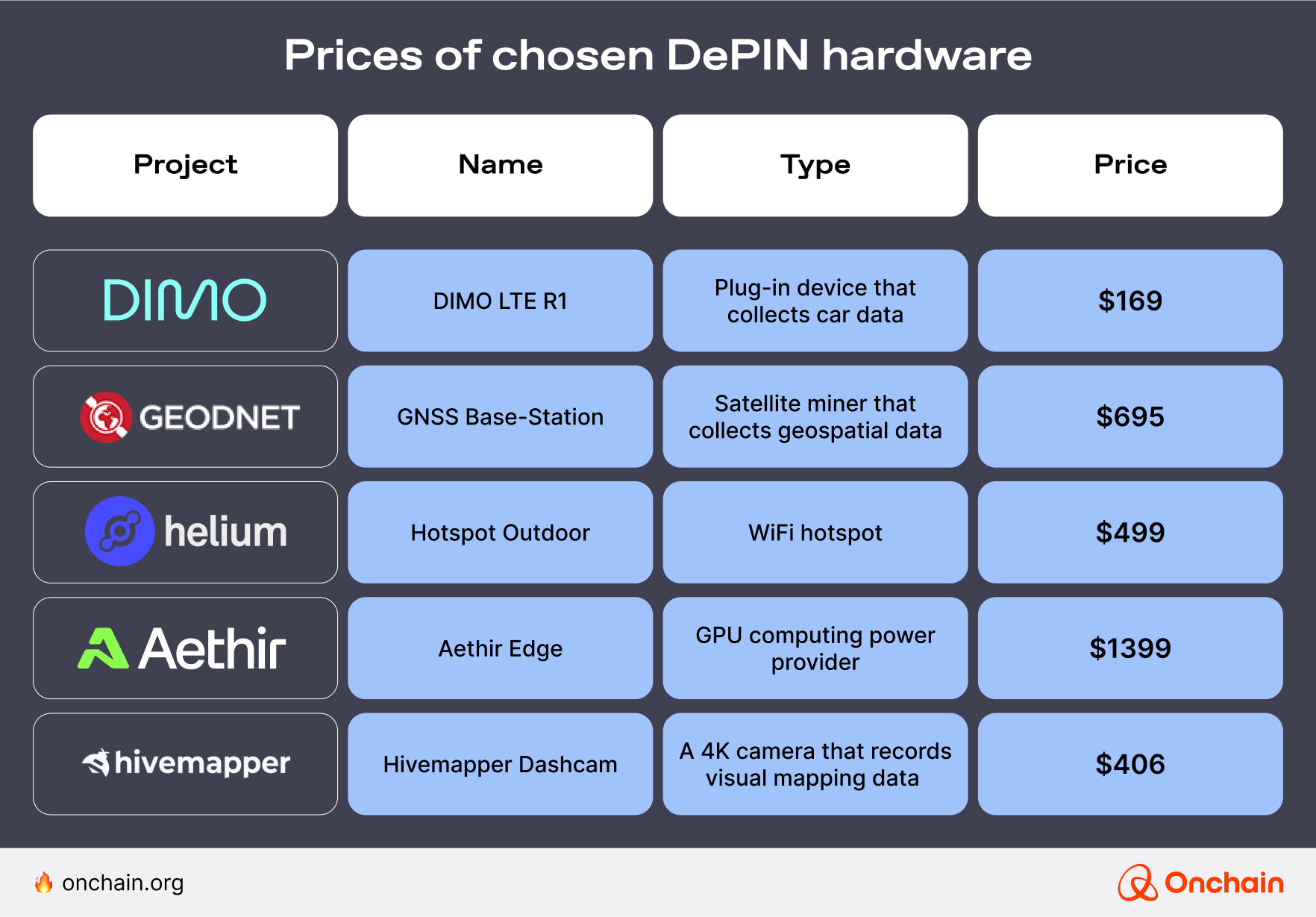
So far, DePIN projects have attracted wealthy individuals and businesses. Unfortunately, they remained out of reach for those who need the earning opportunities most but can’t afford the hardware. Influential projects may have brought infrastructures such as decentralized WiFi to less-developed countries, but the citizens had little chance to benefit from them.
This becomes obvious in the example of Hivemapper’s coverage map below. You see that the majority of users are located in developed countries, leaving economies where the app could make a difference for the population in the dark.
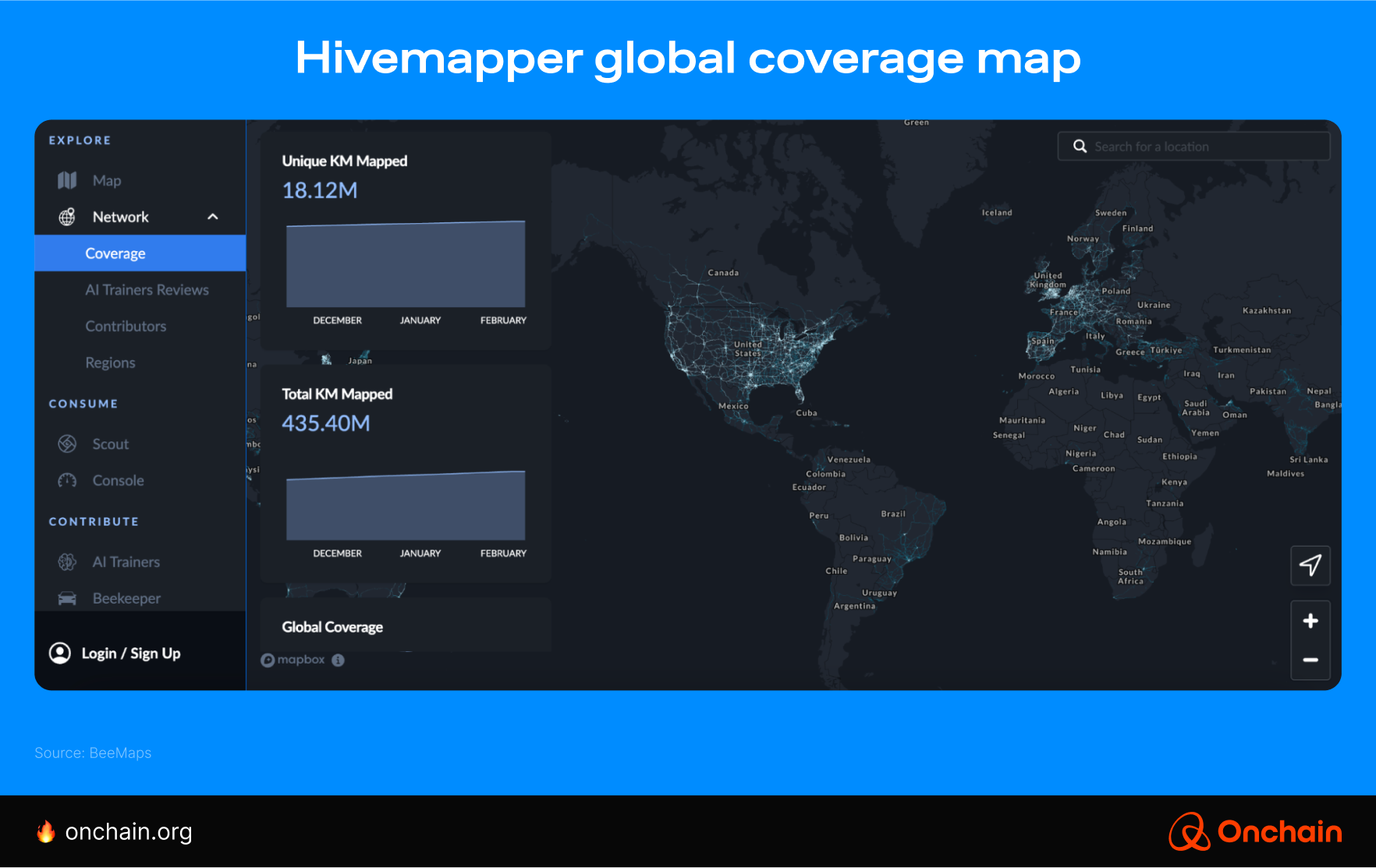
As DePINs advance, their hardware tends to move from ‘heavy’ to ‘light’ nodes. Today, as the first quarter of the 21st century nears its end, participants can submit the required data via smartphones, wearables, browser extensions, desktop apps, or even by connecting their phones to car infotainment systems.
This more accessible hardware significantly lowers barriers to entry and, eventually, brings more data and users onchain. The importance of this is demonstrated in our report findings. Our survey revealed that financial incentives are by far the strongest motivation when deciding to use a Web3 consumer app:
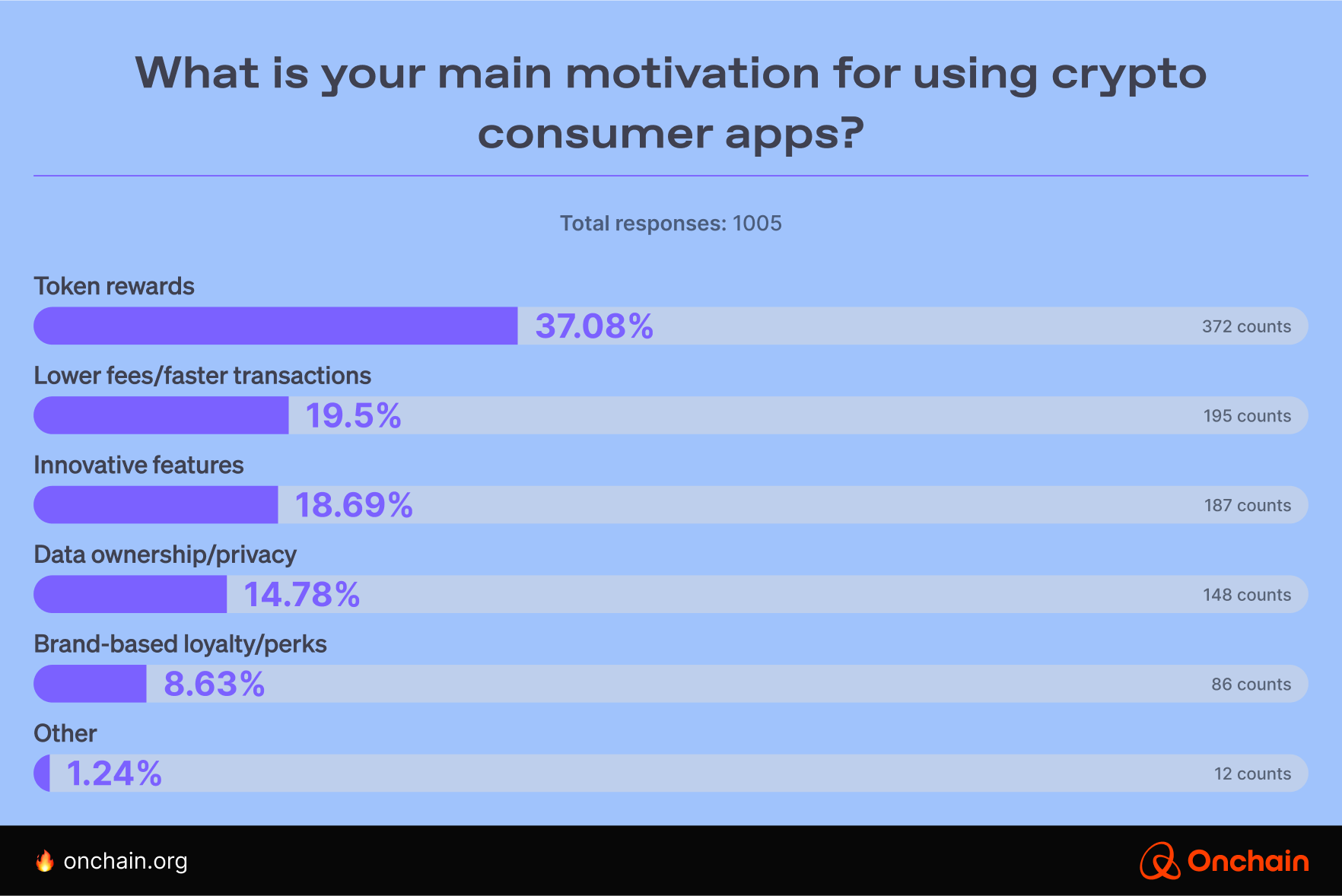
This raises the following questions: Are such light nodes indeed easy to use and UX-friendly? Do they provide value for consumers rather than data providers?
That’s what Michal Moneta, Onchain’s Chief Strategy Officer and contributor to the research team, set out to discover. He tried out several apps and shares his findings and evaluation in the following case studies.
3.2 DePIN consumer apps case study
To evaluate the potential of DePIN consumer apps, Michal conducted 5 separate case studies on 5 DePIN apps:
- Onboarding & education
- Does the app properly guide a non-Web3 native user?
- Is there a seamless way to start without external knowledge or prior blockchain experience?
- General Web3 and UX feel
- How heavy is the “Web3” part of the application? Does it resemble a seamless Web2 experience?
- How easy is it to connect a wallet, sign transactions, or recover an account?
- Earning opportunities:
- Does the app create an engaging experience that makes users want to return even if the financial incentive decreases?
- Is it clear how the app works, especially the tokenomics and earnings?
Case 1: Silencio – an app for noise-level measurements
Did you know that noise levels above 65 dB increase cortisol and adrenaline levels in the human body? Chronic exposure can lead to stress-related diseases like hypertension and heart disease.
The Silencio app was designed to increase awareness of the noise around you and help you avoid noisy environments.
The app enables users to measure sound levels, share the data, and collect $SLC tokens as rewards. Its primary purpose is to provide noise maps showing the exact level of uproar in a city.

Onboarding & education
Learning to use the app is simple and quick. It took me about 15 seconds to start recording the environment and earn Silencio coins (SLC).
The measurement usually takes 30 minutes. The app runs passively on your smartphone, although you must manually turn it on. The greater the distance and the greater the number of places visited to record the noise level, the higher the expected earnings.
I find that the information supplied regarding the app’s importance is somewhat limited and could be improved. There’s no mention of Silenio’s mission to fight noise pollution, to which the user contributes. That’s a shame because it could function as an extra incentive.
General Web3 and UX feel
Silencio is a very easy-to-use and well-working application. I identified two main reasons:
- Its simplicity: Silencio is just a noise map with a microphone button to start recordings. Everything is clear, visible, and easy to access.
- Its limited Web3ness: There is no need to interact with “crypto stuff” while using the app. This is introduced only once you decide to do something with your tokens.
However, the app is still buggy from time to time. For example, after the recording, a user can watch a 50-second video ad to boost earnings. In my experience, it was seamless in most cases. However, I sometimes had to rewatch the advertisement 2 – 3 times because the app didn’t recognize I had already done so.
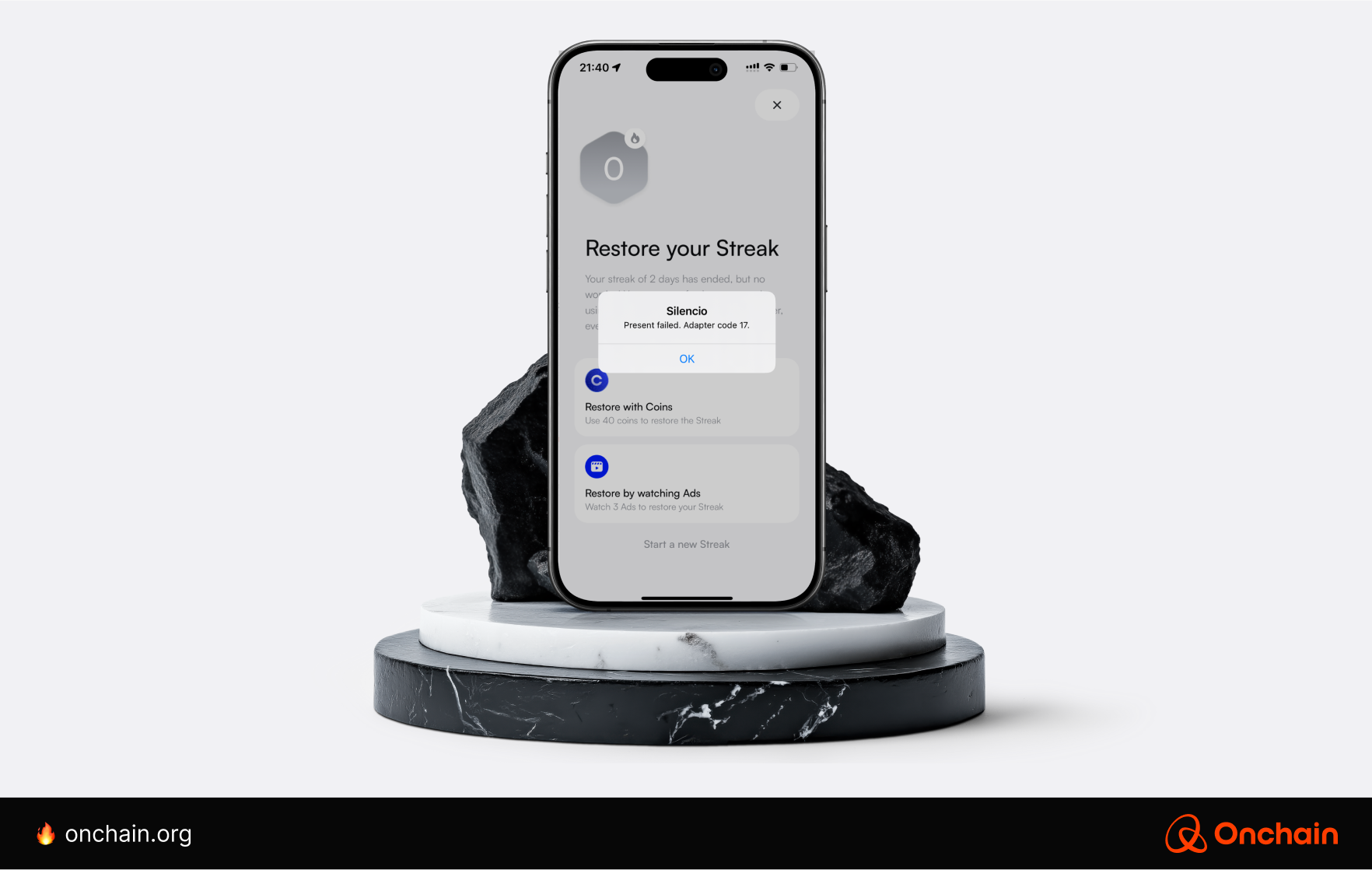
Earning opportunities
Earnings are marginally valuable. As of February 4, 2025, the SLC token was worth around $0.0003. On average, each 30-minute measurement rewarded me with 40 – 50 SLC.
- The reward depends on the distance you cover and the things you discover. Because new areas are favored, rewards may decrease over time.
- Earnings can be boosted by watching rather lengthy ads, with an uncertainty/gambling element included, because the booster is unknown.
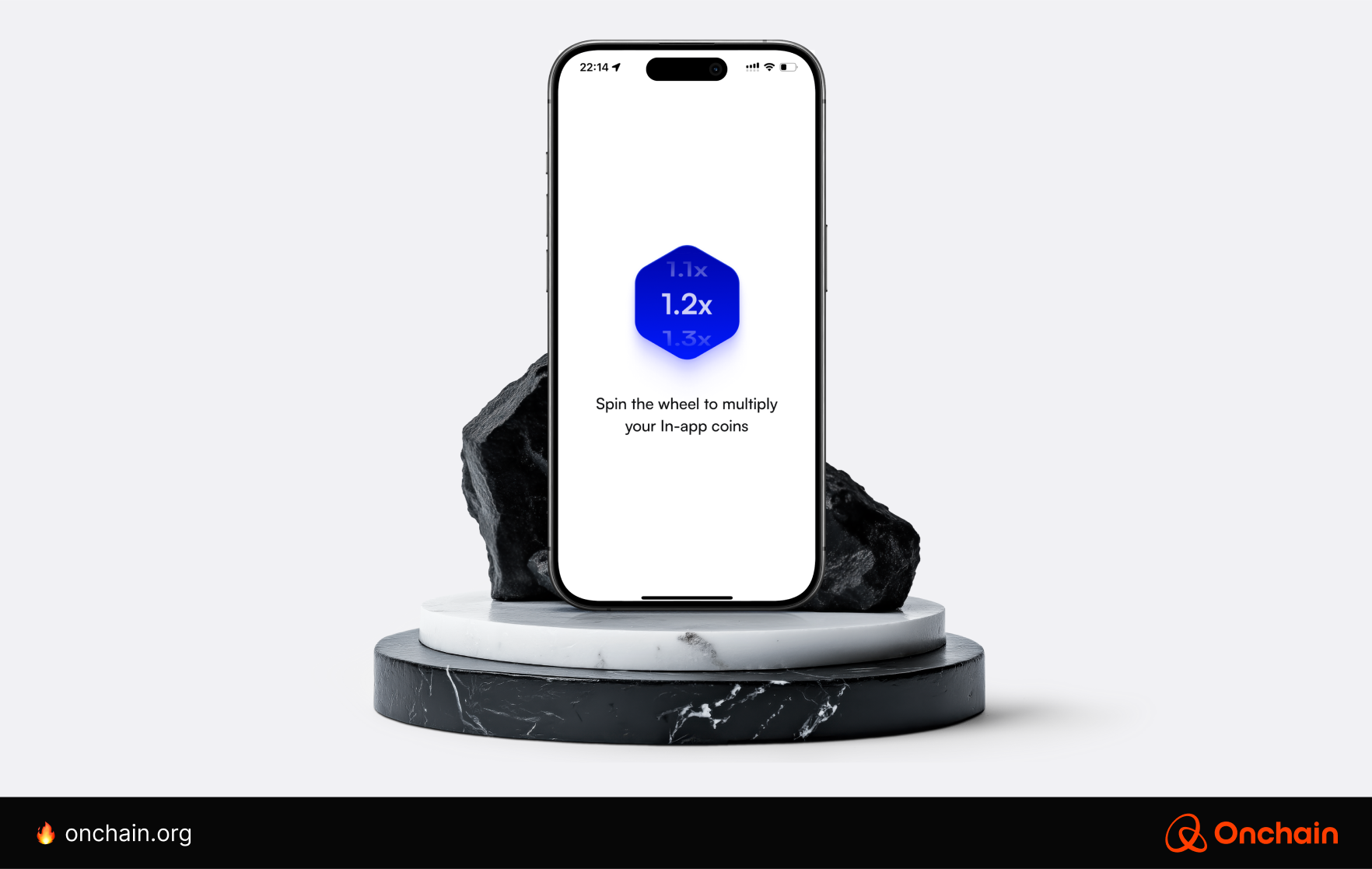
- Even if I used the app for 16 hours a day, I would only earn around 2160 SLC, or $0,648 daily.
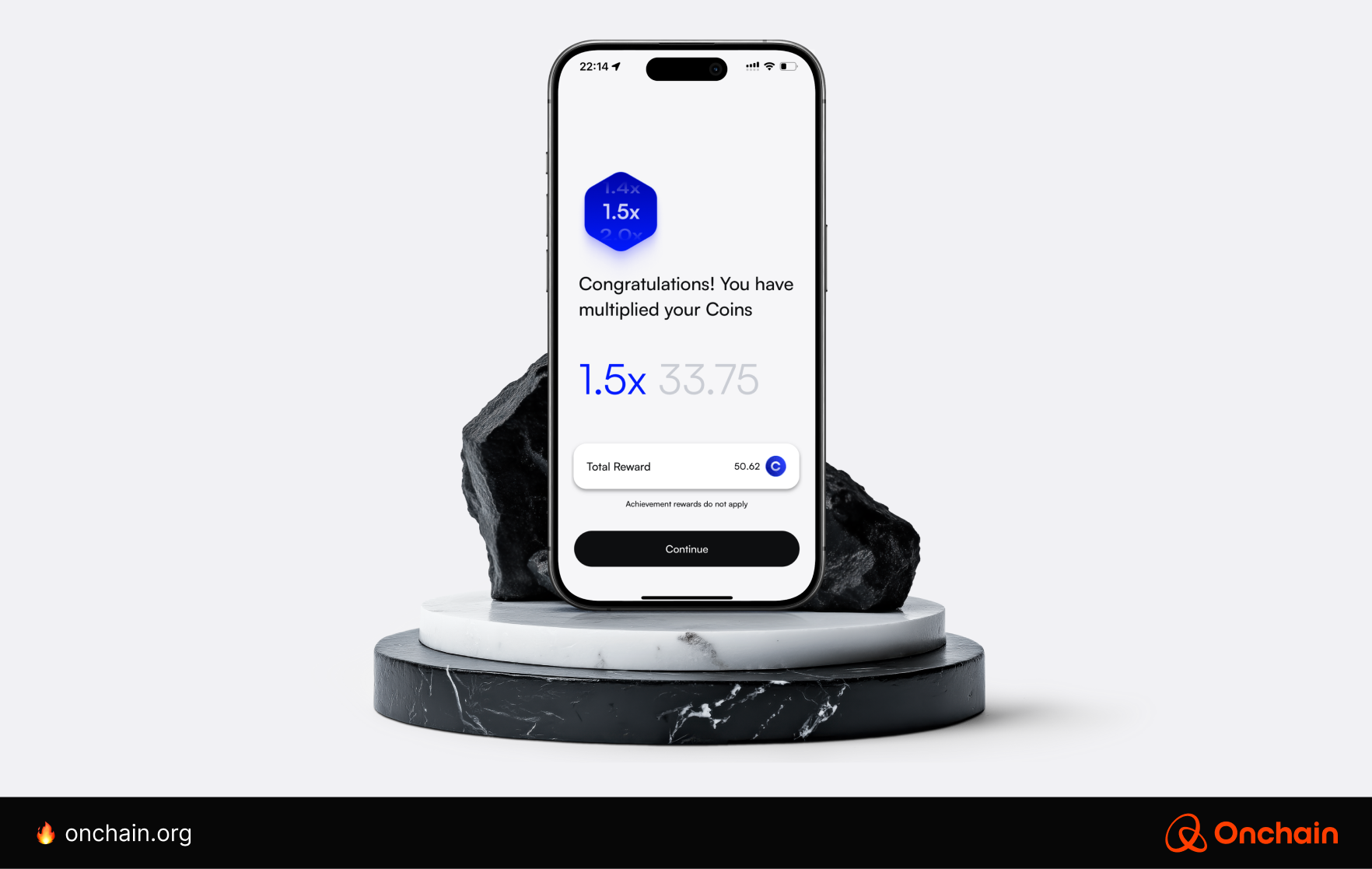
Case 2: Grass for monetizing idle internet bandwidth
Do you remember the sharing economy? The term may not be as popular as when Uber, Airbnb, or Upwork first broke into the mainstream. However, despite multiple aberrations around the initial idea (a topic for another report, I’d say), the sharing economy is still alive and kicking. It is undergoing a significant pivot due to the AI revolution.
Today, it’s about more than unused physical resources you can share. These days, you can give out and monetize digital assets. DePIN projects, such as Grass, which enable sharing idle internet bandwidth with individuals and businesses, appear at the forefront of this trend (believe me, there’s a lot to share!).
Onboarding & education
Grass is a different type of DePIN app. First, it’s a typical desktop application. You install it just like any other software on your computer. It’s not a fancy mobile app that encourages users to engage for fun.
Also, Grass doesn’t provide anything besides earnings on the consumer side. You can’t benefit from the shared internet bandwidth other than monetizing it.
It limits the app’s utility while simplifying the experience. The app runs quietly in the background. You can enable it to launch every time you switch on your MacBook and reduce interaction to the absolute minimum (e.g., checking your daily earnings).
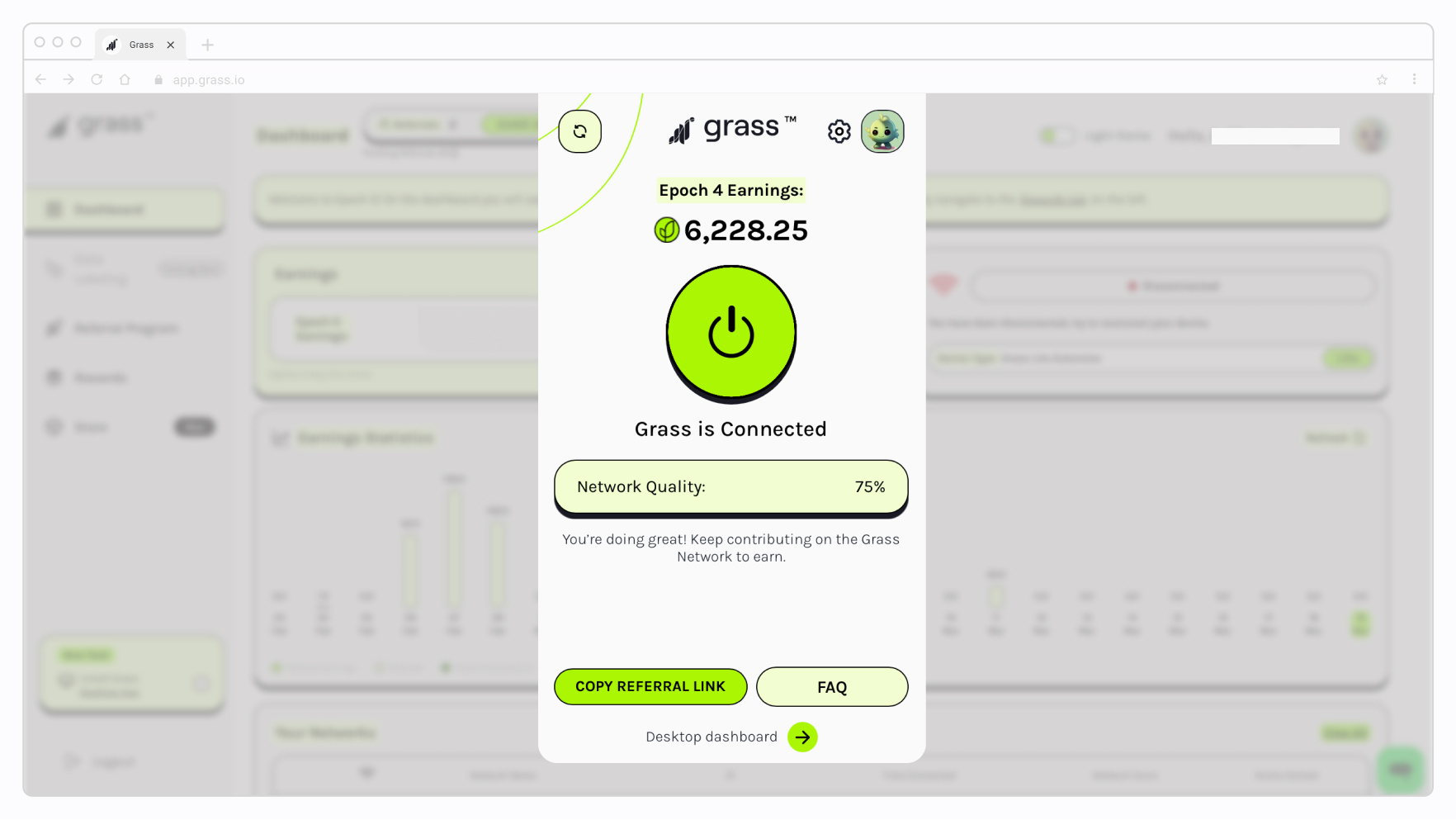
Like Silencio, the onboarding is somewhat limited and lacks the mental connection between your activity, passive earnings, and the higher goal. In this case, however, you can find a detailed explanation on Grass’s website, even though it’s way less idealistic compared to the socially responsible Silencio.
General Web3 and UX feel
Despite its purely Web3-ish roots, Grass doesn’t force users to interact with crypto. The wallet connection depends on the user’s will, which I view as a positive. Once needed, interaction is seamless and consists of three easy steps.

Grass runs in the background without the need for specific user interactions. The only minor issue I’ve noticed is the need to refresh the app to see it running, which may be slightly confusing for new users. However, once switched on, Grass works smoothly.
You need to keep in mind that the app slows your device a bit due to its core activity of “stealing” and sharing the internet bandwidth. In my case, it’s a MacBook Air, M1, 2020. Let’s be honest; it’s not the most powerful device available, so it’s not surprising. However, it’s also justified to say that Grass is the kind of app that requires more computational resources.
Earning opportunities
The first earnings come relatively quickly. It took 3–4 minutes to earn the first 10 points and around 8 minutes to achieve 20. Note that these points do not equal GRASS tokens. The conversion criteria from points to tokens are hidden and depend on the epoch. The earnings dashboard is transparent and enables users to track activities precisely.
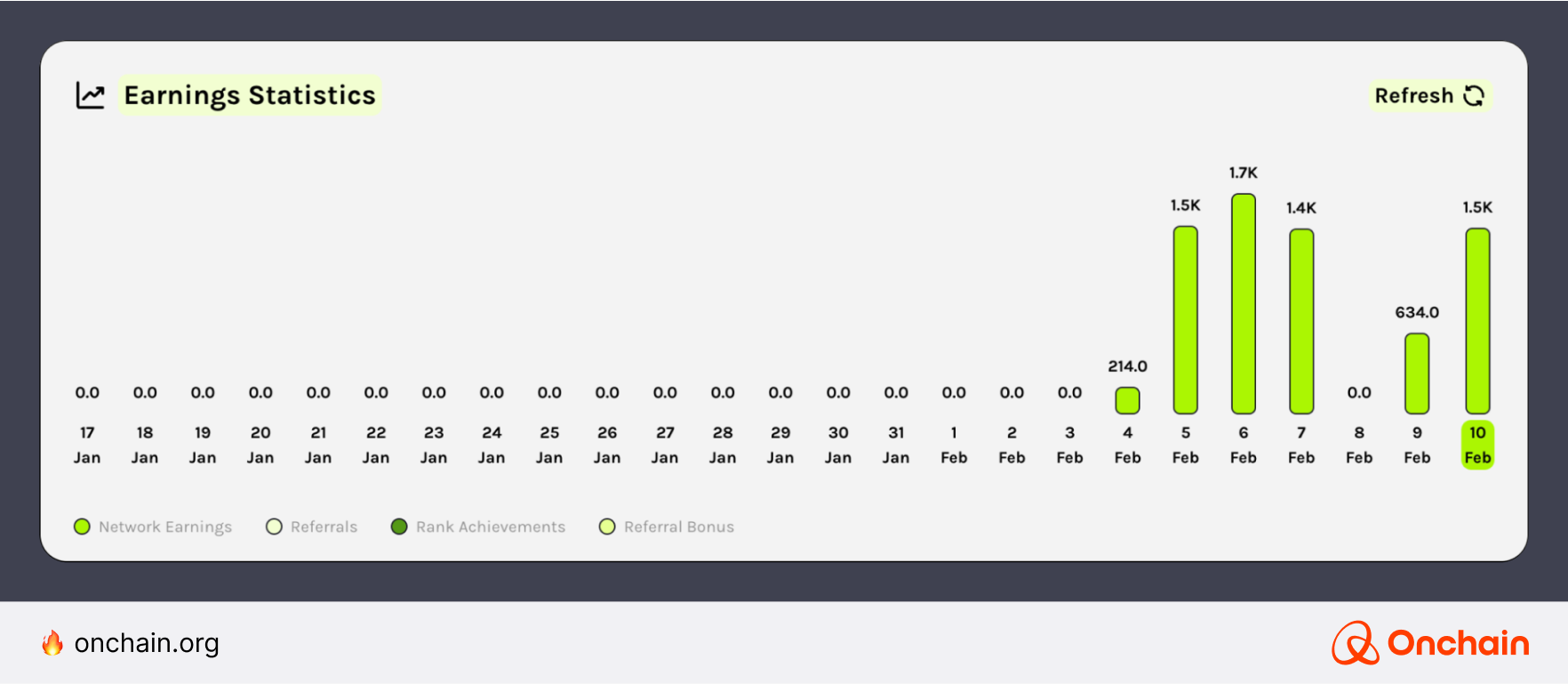
In previous epochs, the conversion rate averaged around 8500 points per 1 token (which, on February 4, 2025, was worth $1.35). Based on my measurements, a Macbook Air may earn you around 1700–1800 points per day, resulting in around $0.30.
So it would be an illusion to see Grass as a source of passive income — at least when using a single device. Still, earnings would be significantly higher on average than with Silencio and wouldn’t require any specific interactions. Grass also offers multiple options to boost the rewards through referrals, connecting other devices, etc.
Case 3: DIMO for partially successful car data collection
As mentioned above, the original idea of the sharing economy is closely connected to the emergence of Uber and car sharing. Apps like DIMO take this concept one step further and enable users to monetize driving by providing valuable data about a specific vehicle.
Unfortunately, car-oriented DePIN consumer apps seem to be a “not there yet” category. The application doesn’t work well without external hardware, and its usefulness depends on the car you’re driving.
DIMO turned out to be very cumbersome when I connected it with the Audi Multi Media Interface. The app was able to collect data only on the distance covered and the actual fuel level.
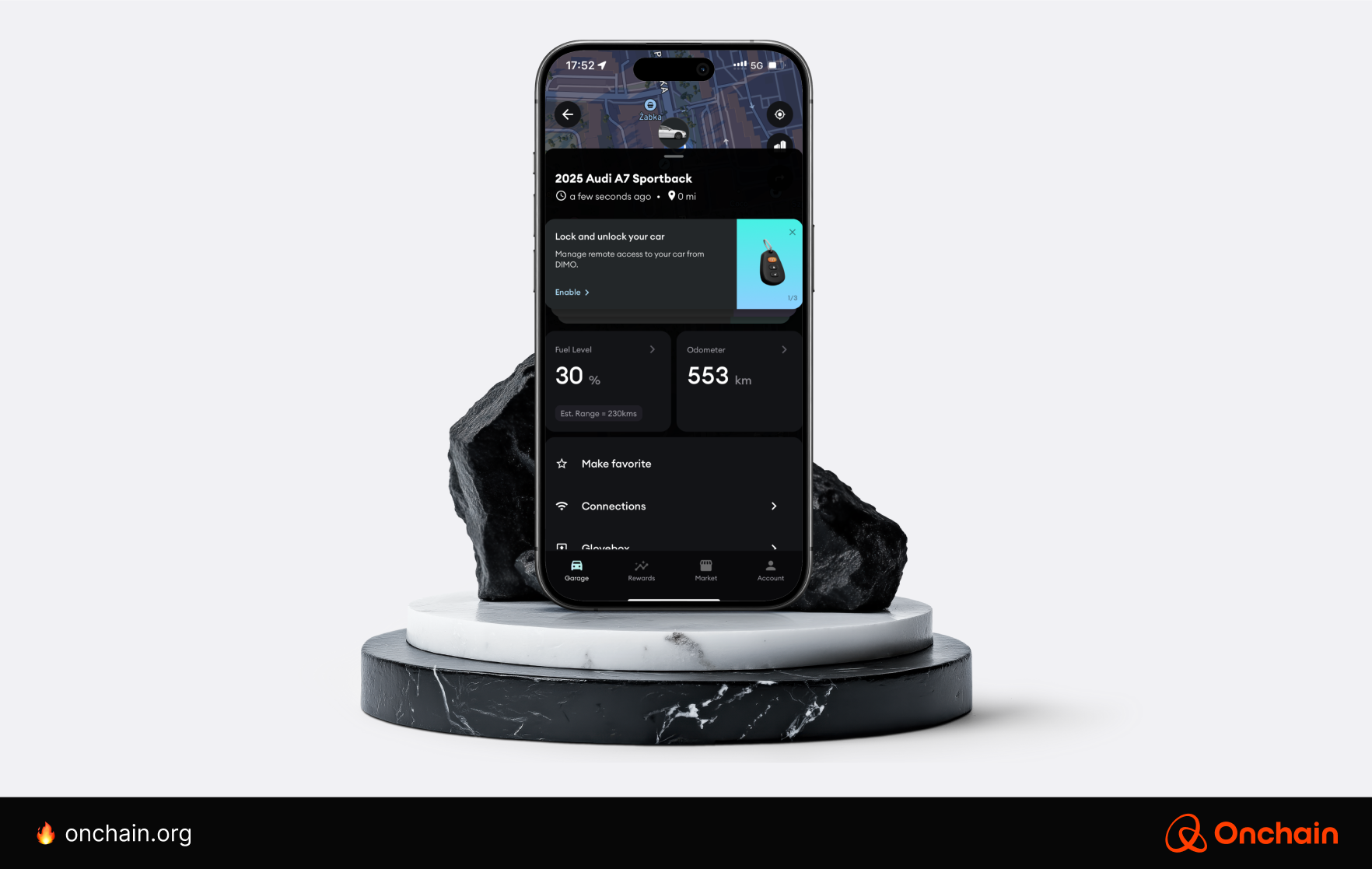
These indicators result in limited earning opportunities, which decreases the utility of the app to an absolute minimum. There isn’t much you can do without collecting additional types of information.
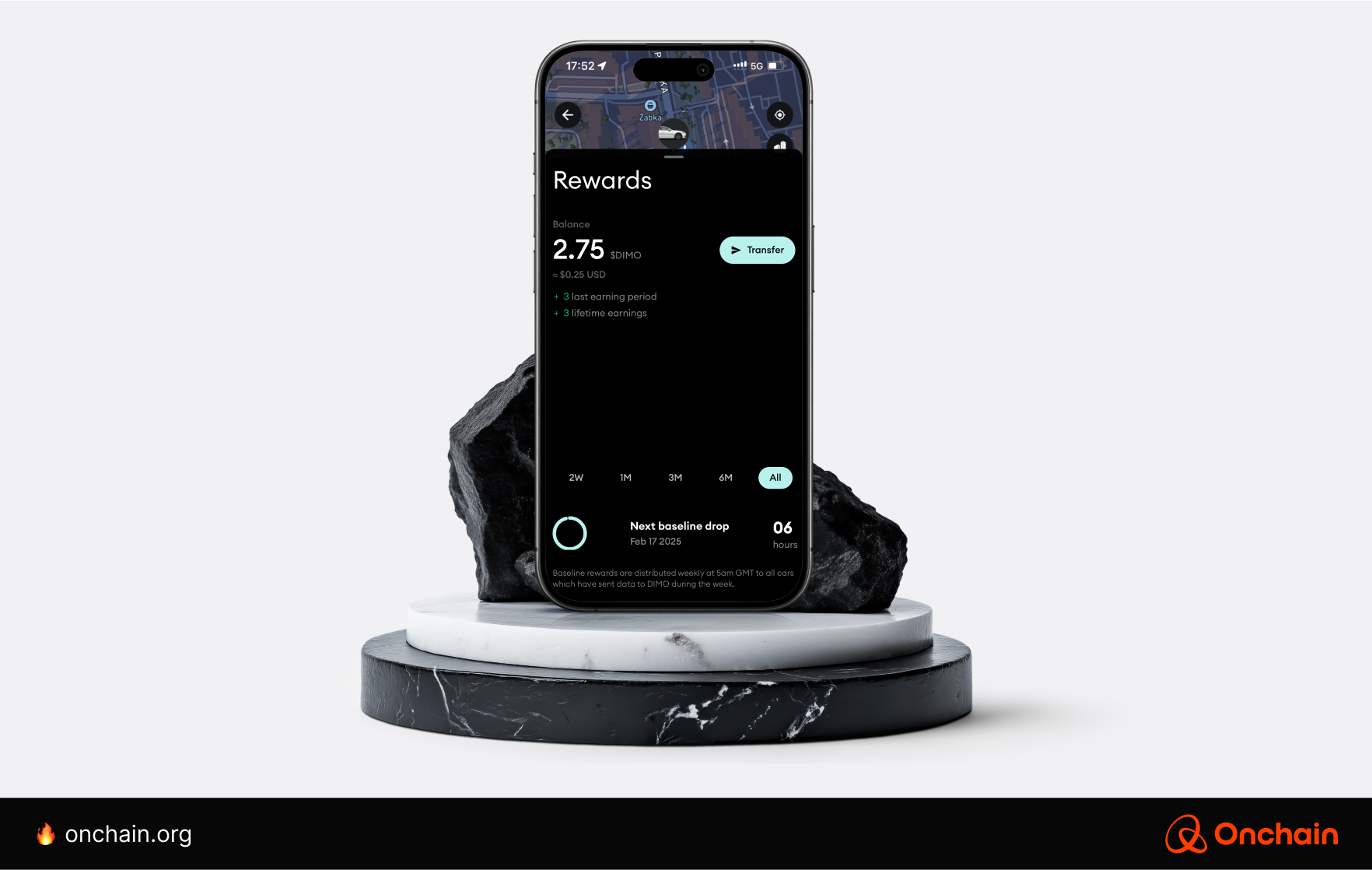
I was left with earning opportunities coming from DIMO’s in-app store, but as I expected, I didn’t find any options for use in Poland, where I’m located. Perhaps DIMO is more prominent in your area.
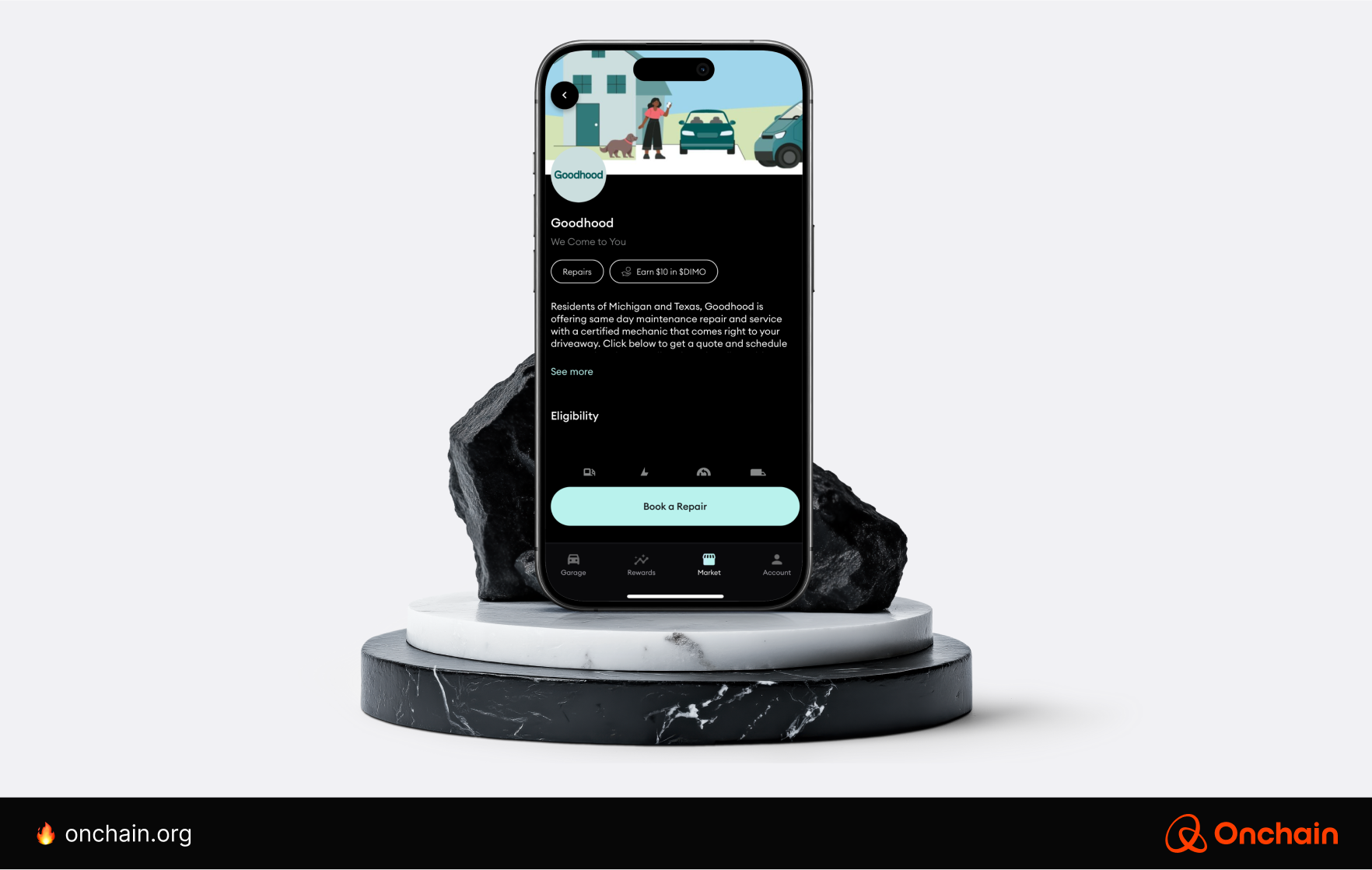
On the consumer side, DIMO has not offered any additional information beyond what I can easily find in the Audi app or my car’s virtual cockpit.
Hence, while projects like DIMO are highly promising, they are simply not ready for mass use yet. Once their connectivity with cars other than Tesla improves, I’ll be prepared to conduct another test. I’m sure the results will be more comprehensive.
Case 4: WiFi Map for easy ways to find a public toilet
We can all agree that Google Maps provides as much information on nearby restaurants, gas stations, and hotels as we can hope for. However, their offering is far from being enough to make you feel 100% comfortable in new or strange places.
What about open hotspots to access free WiFi whenever you get lost? And where is the specific information about public restrooms to address your most pressing needs when you’re far from your familiar home?
WiFi Map was designed to fill these gaps. The app does so in a DePIN way by offering rewards to users who locate these important spots, put them on an open, decentralized map, and verify information from others.
Onboarding & education
WiFi Map is definitely the most developed application of all that I tested, with multiple features for both suppliers and regular users. Its critical utility, i.e., a map with hotspots, restrooms, and drinking fountains, is accessible from the first use and – due to its simplicity – very easy to use and navigate.

As you can see from the screenshot, WiFi Map likes to mix different languages on the map. I didn’t find an option to force the app language to change into English, so you’re stuck with Polish screenshots.
General Web3 and UX feel
The biggest strength of WiFi Map is its actual utility. Thanks to incentivized user contributions, we have an accessible, easy-to-use map with WiFi hotspots, drinking fountains, and public toilets.
Moreover, it’s working in most European locations I tested, with detailed descriptions and photos (!) of most points.
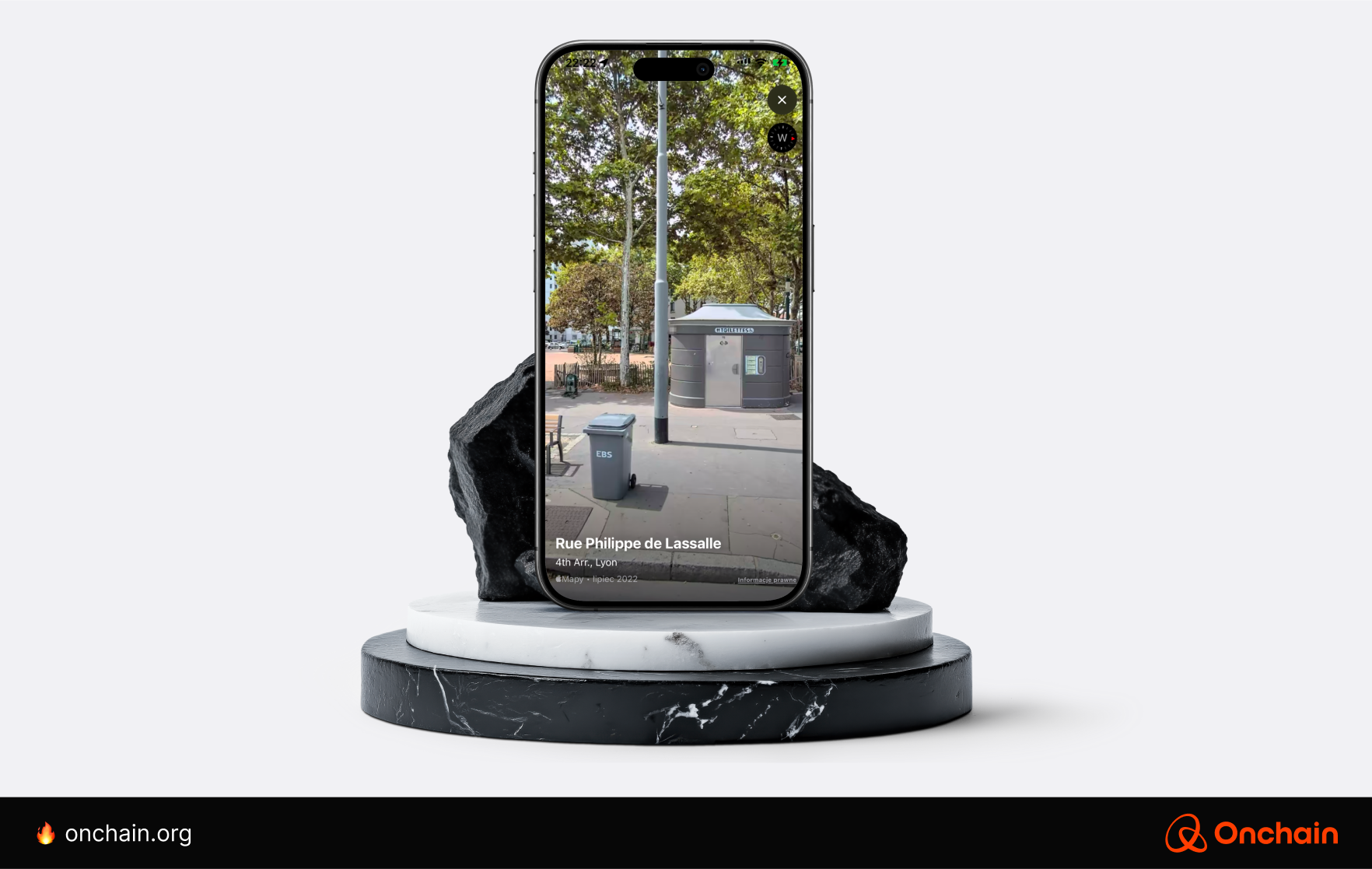
The Web3 feel aspect is a bit trickier to evaluate. You’ll find the reasons explained in the next section.
Earning opportunities
Data is provided to the map in a decentralized manner, so the users need to be incentivized to contribute to the app. You can earn rewards for:
- Adding WiFi hotspots to the map
- Adding public toilets
- Adding drinking fountains
- Adding photos and reviews of places
- Updating wrong details of places
- Conducting speed tests of WiFi infrastructure
- Sharing the app with friends
You can also receive tips from other users by providing them with specific information. (How much will you bet that the majority of such payments come from public toilet searchers?)
Hence, earnings depend on active participation, not time spent in the app as with Silencio or Grass. The rewards are provided in WiFi points, not $WiFi tokens.
For example, you earn 100 points for adding each public hotspot or 25 points for running a network speed test. Such an approach is well adopted by Web3 consumer apps. It also doesn’t seem to deter users, who appear to be okay with redeemable points.
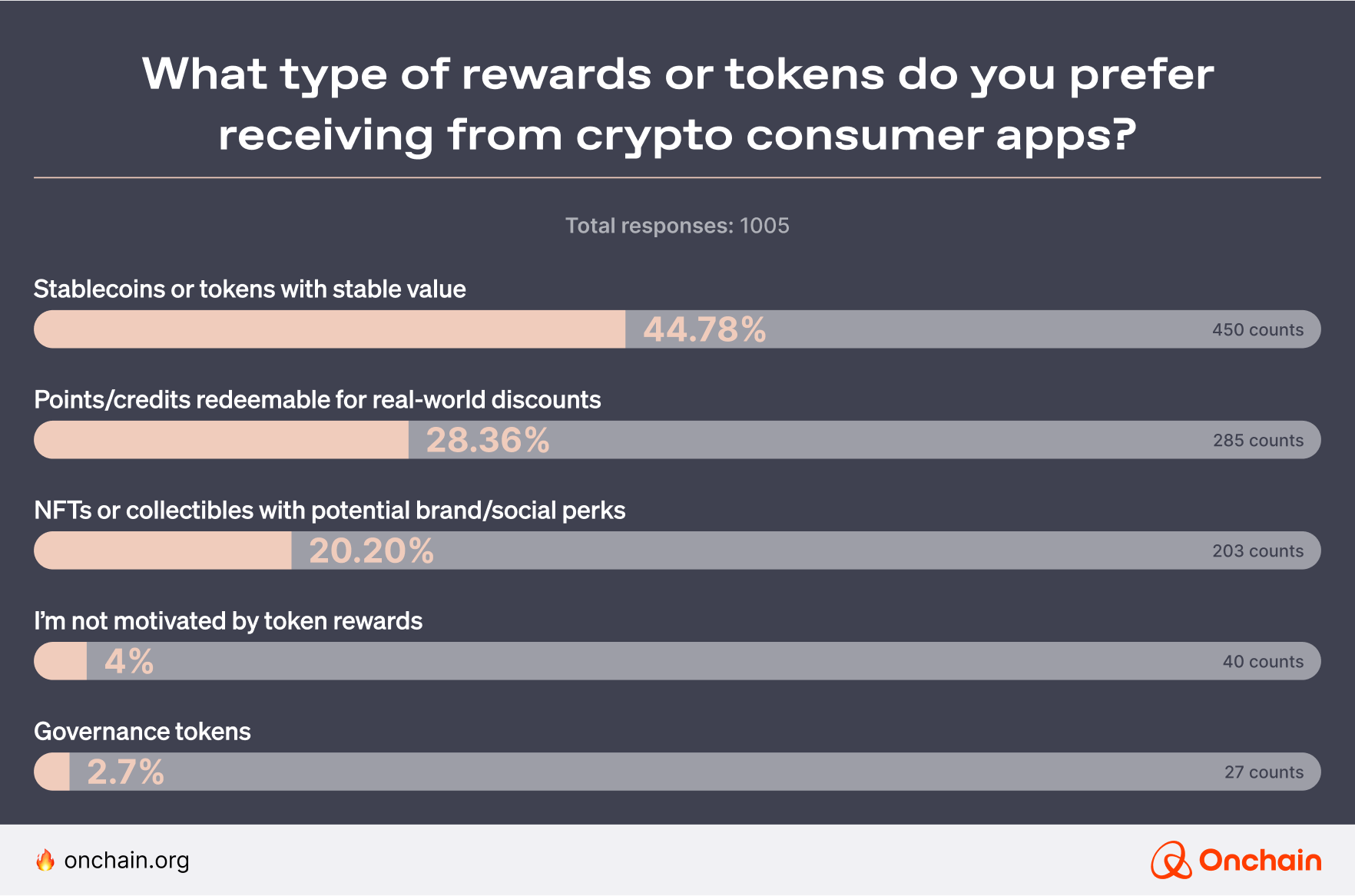
The issue is that the actual conversion to $WIFI tokens is unknown.
WiFi Map provides users only with information about the pool of tokens. For example, between February 1 and February 15, 2025, a total of 150,000 $WIFI (around $9–$10 based on the early February prices) was distributed among all users. The number of contributors in February was nearly 14 mil, so no one should expect life-changing earnings.
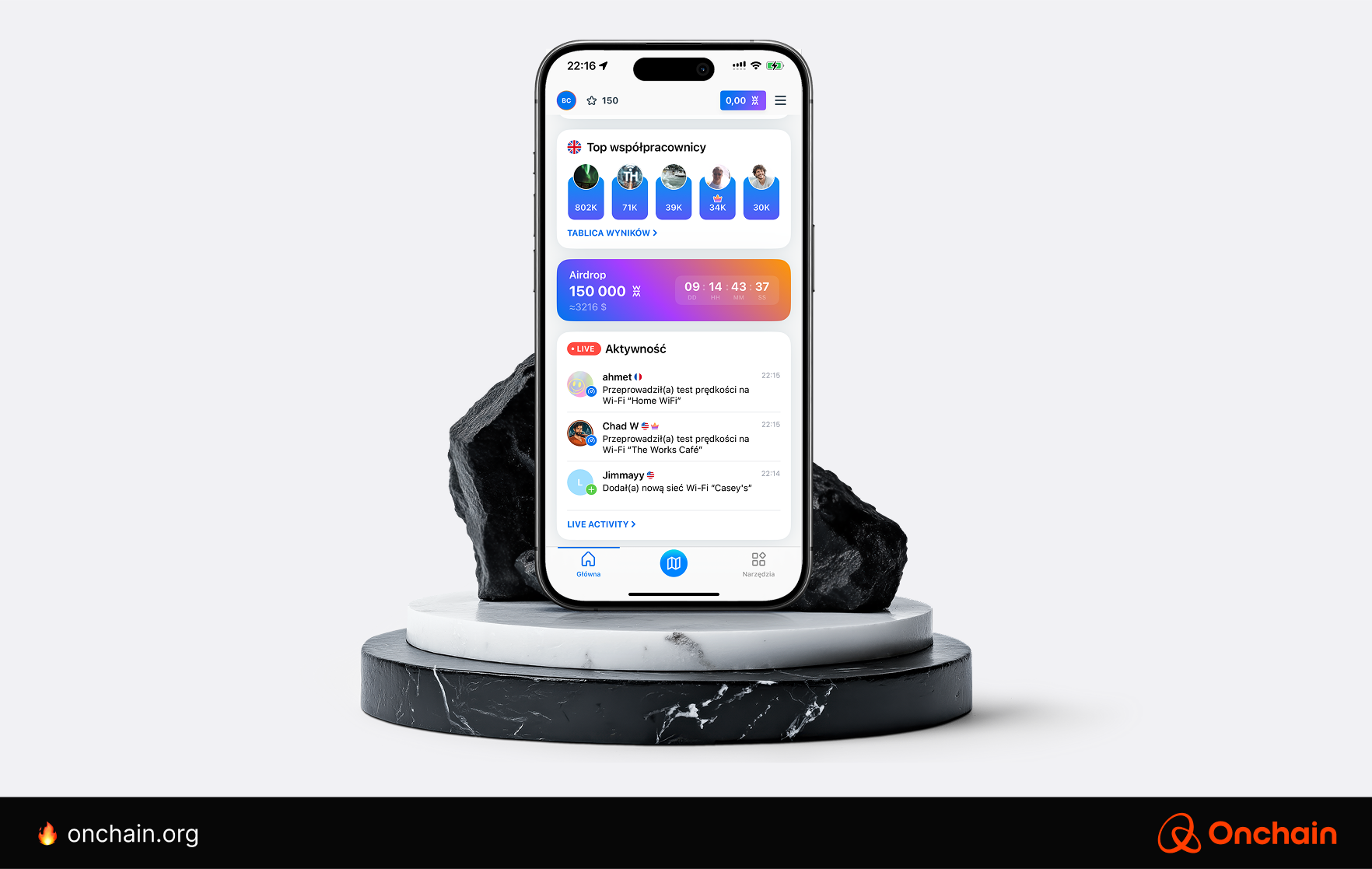
On one hand, this concept reduces the inflationary characteristics of a token. On the other hand, it makes the activity less transparent and understandable for users.
However, once you lay your hands on a portion of $WIFI tokens, you can actually use them in-app to perform the following:
- Get cashback after purchasing global eSIM data packages
- Spend it on eSIM packages
- Tip other people inside the app
This feature significantly increases WiFi Map’s usefulness compared to the other tested apps. It also provides the project’s owners with an additional revenue stream through affiliations and in-app advertising.
3.3 Do consumer DePIN apps have real potential?
Despite a few noted bugs and minor flaws regarding some of the features, DePIN consumer apps are an extremely promising concept. Connecting real utility with earning opportunities is the backbone of Web3 in general. What more can we hope for than being able to benefit from their potential while simply using a smartphone?
At this point, it’s critical to indicate, however, that due to the very minimal amount of money users can extract from the apps, the utility still needs to come first. We therefore encourage entrepreneurs to follow the approach of projects like WiFi Map, where:
- Non-Web3 users can find features that are non-existent in their Web2 apps
- Web3 users can contribute and earn rewards while also benefiting as users
Moreover, those limited earnings may create separate business opportunities for projects. Users are unlikely to cash out earned points/tokens due to their low value. This issue automatically raises the importance of in-app markets, where they could spend earnings without worrying about gas or transaction fees and later transform DePIN tokens into chosen currencies.
Builders can benefit from this by forming partnerships and earning on affiliations, similar to DIMO, which provides cashback for using recommended partner services or WiFi Map that offers discounts when using the app-native token to pay. In addition, such alliances affect the perceived credibility of the app. Our survey shows that users value the presence of well-known brands as an important factor when interacting with a platform.

At the end of the day, a thoughtfully built in-app economy can be a real plus for both founders and users. For project teams, it unlocks new revenue streams and scalable business models that go beyond hardware or speculation. Everyday users gain practical benefits from activities they already do, such as measuring noise levels, sharing WiFi hotspots, or contributing bandwidth. They also avoid the hassle of converting small token holdings into fiat.
Key takeaways for DePIN builders and investors
- Focus on practical utility
Give non-Web3 users a distinct reason to participate from day one, even if they don’t understand token mechanics. A strong core utility keeps people around when token prices fluctuate.
- In-app marketplaces
Offer ways to spend or trade tokens within the app. By keeping transactions simple and accessible, you encourage the natural growth of the token’s usefulness and avoid the usual barriers to crypto adoption.
- Strategic partnerships
Team up with recognizable brands to add credibility and expand your audience. This is especially important for drawing in users who may still be on the fence about crypto.
- Flexible monetization
When token rewards are small, it often sparks innovation. Projects can explore affiliate marketing, premium features, or unique incentives that make sense for both the platform and its user base.
- Optimize the UX
Even the best concept will struggle if the interface is confusing. DePIN apps targeting a broad audience should prioritize streamlined design and keep crypto friction at a minimum.
Building on these principles, consumer DePIN projects can stand out as genuine Web3 alternatives to conventional infrastructure solutions. The path to widespread adoption may be gradual, but steady improvements in user experience and strong partnerships will move these apps closer to the mainstream. They could ultimately change the way people view and leverage their digital activities.
You see, the future isn’t entirely ruled by financial apps, a chapter two might have implied. You also realize that regardless of the industry, presenting crypto consumer apps as a way to earn a passive income will likely backfire, and you need to offer genuine utility and compete with Web2 apps. In the next chapter, we’ll take you to New York’s restaurants where you’ll witness the test of yet another promising consumer app.